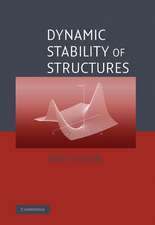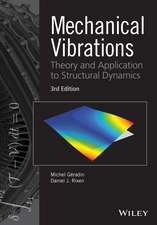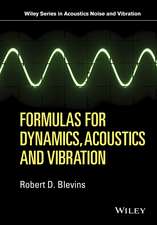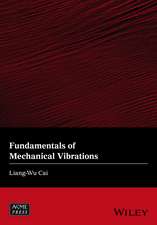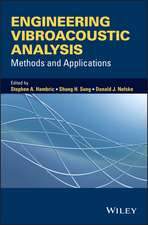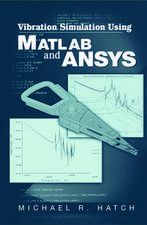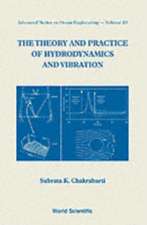Dust Explosions
Autor Jean Cross, Donald Farreren Limba Engleză Paperback – 26 apr 2012
Preț: 638.24 lei
Preț vechi: 750.88 lei
-15% Nou
Puncte Express: 957
Preț estimativ în valută:
122.13€ • 130.60$ • 101.83£
122.13€ • 130.60$ • 101.83£
Carte tipărită la comandă
Livrare economică 18 aprilie-02 mai
Preluare comenzi: 021 569.72.76
Specificații
ISBN-13: 9781461568711
ISBN-10: 1461568714
Pagini: 264
Ilustrații: 260 p. 27 illus.
Dimensiuni: 152 x 229 x 14 mm
Greutate: 0.36 kg
Ediția:Softcover reprint of the original 1st ed. 1982
Editura: Springer Us
Colecția Springer
Locul publicării:New York, NY, United States
ISBN-10: 1461568714
Pagini: 264
Ilustrații: 260 p. 27 illus.
Dimensiuni: 152 x 229 x 14 mm
Greutate: 0.36 kg
Ediția:Softcover reprint of the original 1st ed. 1982
Editura: Springer Us
Colecția Springer
Locul publicării:New York, NY, United States
Public țintă
ResearchCuprins
1. Introduction.- 1.1. How, Where, and Why Dust Ignitions Occur.- 1.2. Ignition Sources—Statistical Data.- 1.3. Ignition Sources.- 1.4. Ignition Properties of Powdered Materials.- 1.5. Dust-Classification Systems.- 1.6. Protection Systems.- 1.7. General Considerations.- 2. Ignition Sources.- 2.1. Welding, Cutting, and Flames.- 2.2. Self-Heating—Spontaneous Combustion.- 2.3. Hot Surfaces.- 2.4. Sparks.- 2.5. Secondary Ignition.- 3. Static Electricity.- 3.1. Introduction.- 3.2. Definitions and Relationships.- 3.3. Measurement Techniques.- 3.4. Examples of Electrostatic Measurements in an Industrial Environment.- 4. Electrostatic Ignition of Powders.- 4.1. Electrostatic Charging of Powders.- 4.2. Electrostatic Charge Accumulation.- 4.3. Electrostatic Safety Criteria.- 4.4. Elimination of Static.- 4.5. Electric Shock.- 4.6. Safety in Electrostatic Powder-Coating Systems.- 5. Powder Properties and Their Measurement.- 5.1. Introduction.- 5.2. General Properties—Particle Size and Shape.- 5.3. Dust Resistivity.- 5.4. Moisture Content.- 5.5. Dust Concentration in the Workplace.- 5.6. Ignitability.- 5.7. Thermal Tests.- 5.8. Minimum Ignition Energy.- 5.9. Minimum Explosive Concentration.- 5.10. Maximum Oxygen Concentration.- 5.11. Maximum Rate of Pressure Rise; Maximum Explosive Pressure.- 5.12. Effect of Particle Properties on Ignition Properties.- 5.13. Effect of Hot Environments on Ignition Parameters.- 5.14. Summary.- 6. Design of a Processing Plant for Safety.- 6.1. Formal Safety Analysis.- 6.2. Hazards Associated with Industrial Processes.- 6.3. The Human Element.- 6.4. Dust Control.- 7. Dust Explosion Protection.- 7.1. Introduction.- 7.2. Containment of Explosions.- 7.3. Explosion Venting—Pressure Relief for Explosion Protection.- 7.4. Explosion Suppression.- 7.5.Inerting.- 7.6. Flame Traps and Automatic Barriers.- Appendixes.- A1. Summary of Electrostatic Equations.- A2. Certification and Standards.- A3. Sources of Explosion Data.- B1. Fire.- B2. Dust Explosions—General.- B3. Industrial Processes.- B4. Plant Layout.- B5. Hazard Analysis.- B6. Test Methods.- B7. Welding.- B8. Electrostatics.- B9. Impact Sparks.- B10. Electrical Equipment.- B11. Thermal Ignition.- B12. Venting of Plant.- B13. Venting of Buildings.- B14. Suppression.- B15. Inerting.- B16. Case Histories.- References.




